Everything you need to know about specifications and performance - Hyundai i30 2015 - 1.6 (120 Hp) Automatic
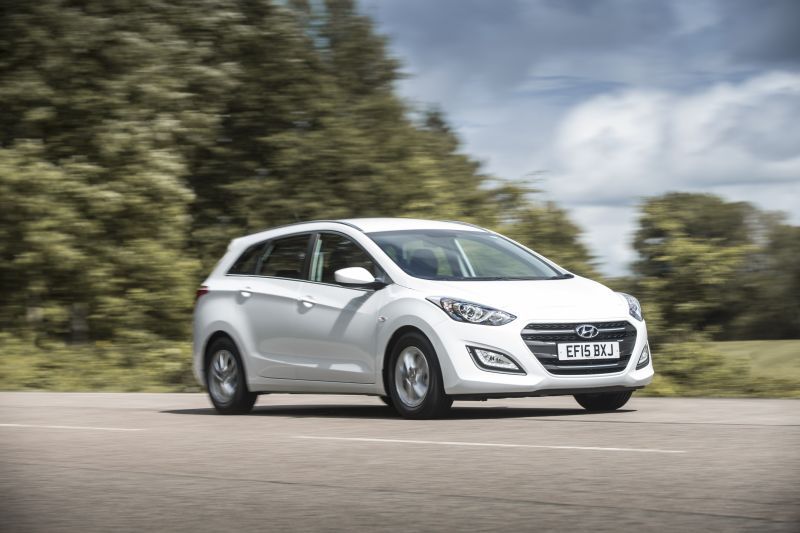
Overview:
What is the engine capacity of a Hyundai i30 2015?
The engine capacity of the Hyundai i30 2015 is 1591 cm.
Hyundai i30 2015 How many horsepower?
The engine power of the Hyundai i30 2015 is 120 Hp @ 6300 rpm..
What is the Hyundai i30 2015 engine?
Hyundai i30 2015 engine is Gamma II / G4FG. (Click to see other cars using the same engine)
How much gasoline does a Hyundai i30 2015 consume?
The Hyundai i30 2015 consumes 6.8 liters of gasoline per 100 km
General:
Engine:
Performance:
Space:
dimensions:
Powertrain, Suspension and Brakes:
See also
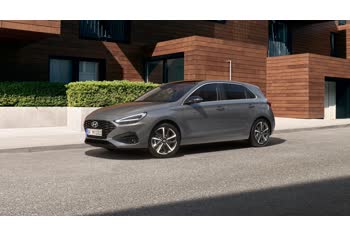
Last generation.
Its production began in 2024 until Now
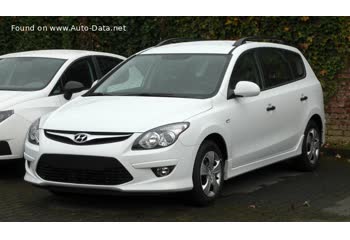
Other generation.
Its production began in 2010 until 2012
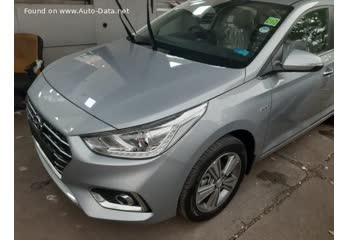
Same engine. (Gamma II / G4FG).
Its production began in 2017 until 2020
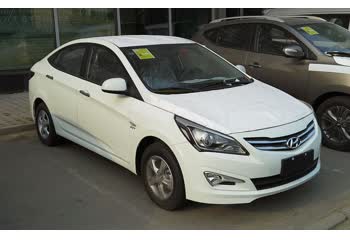
Same engine. (Gamma II / G4FG).
Its production began in 2015 until 2017
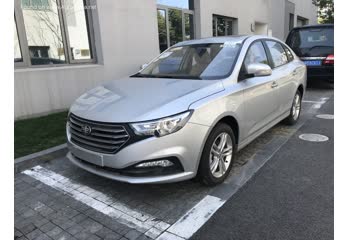
Same production year and almost the same engine capacity.
Its production began in 2015 until Now
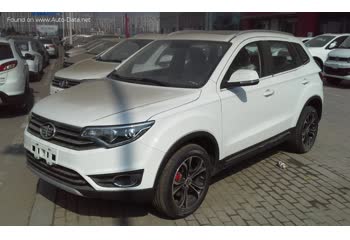
Same production year and almost the same engine capacity.
Its production began in 2015 until Now
Write a comment